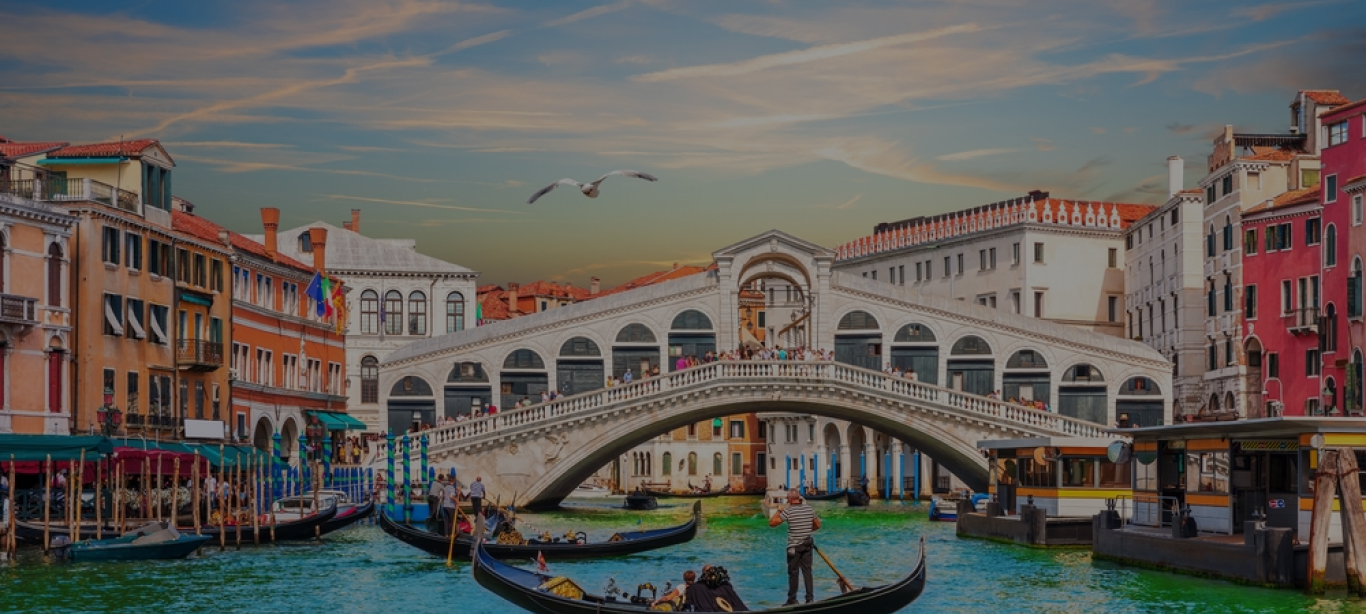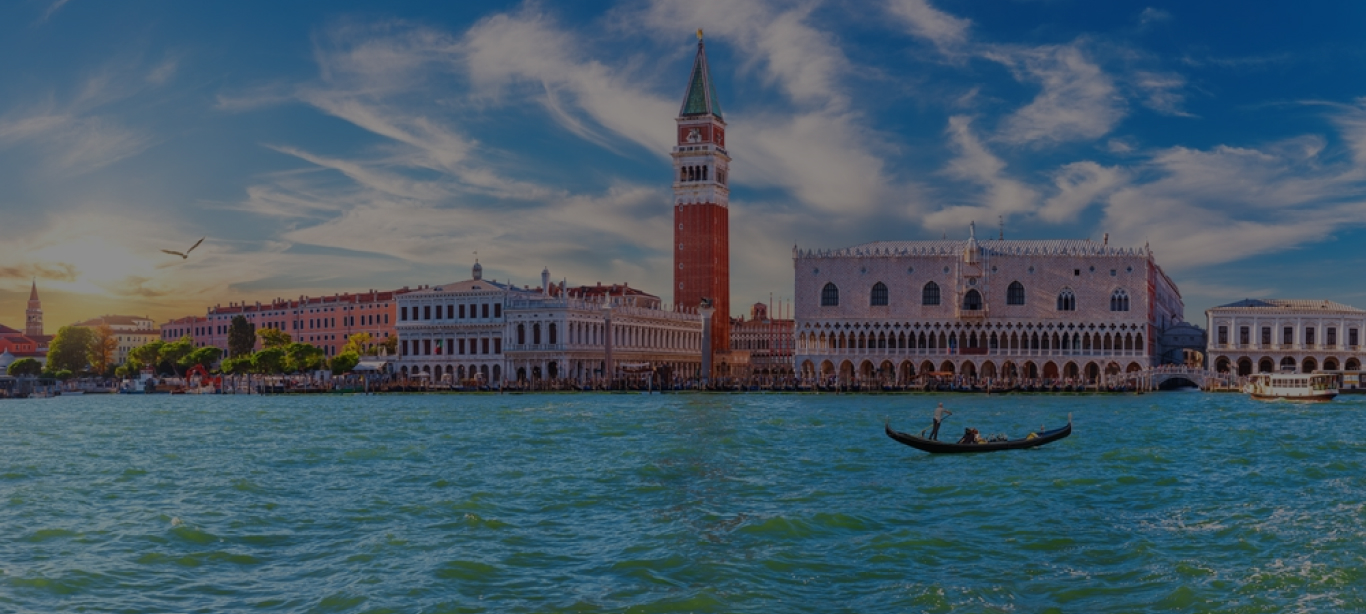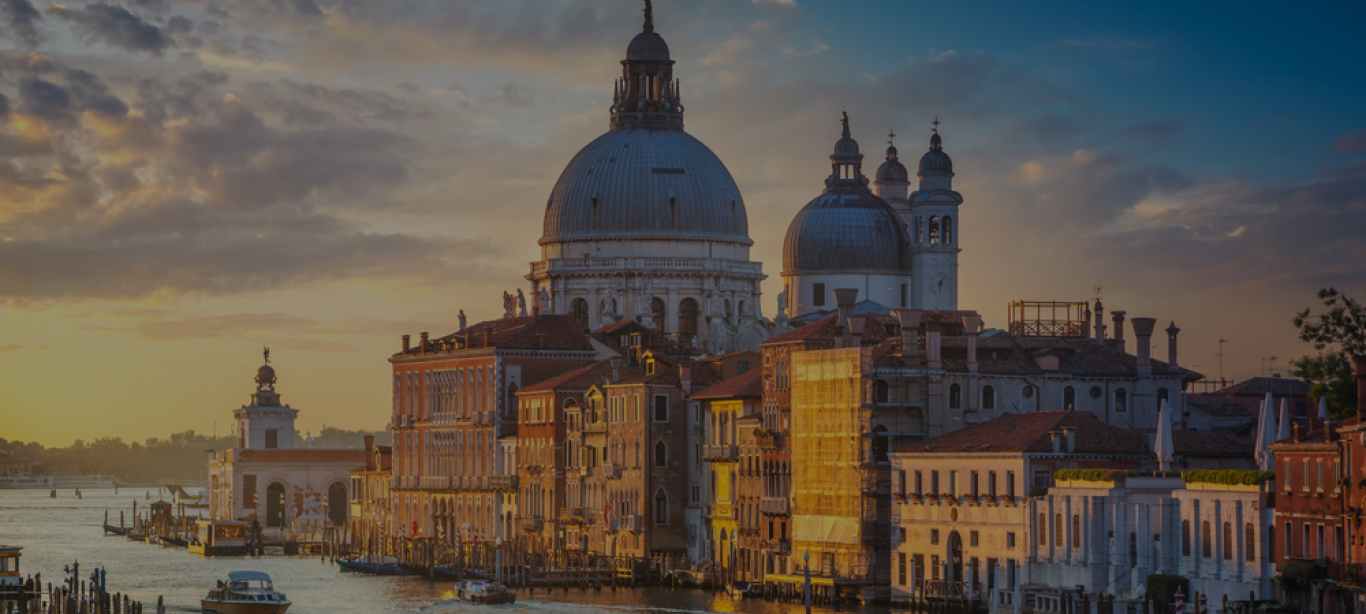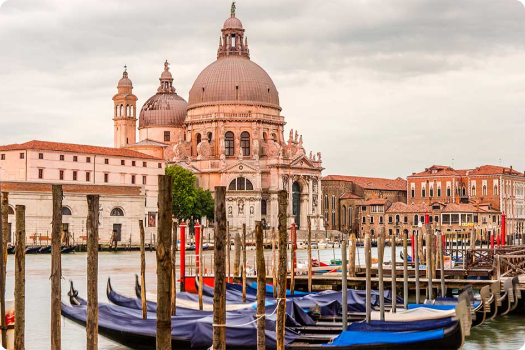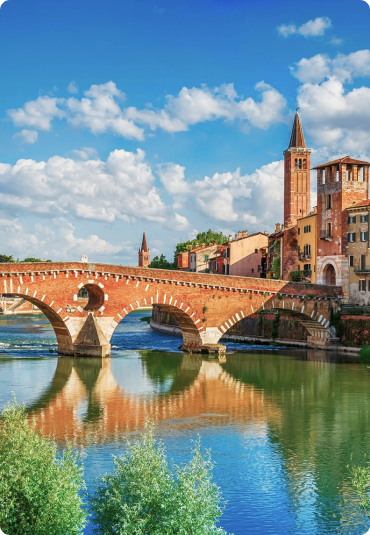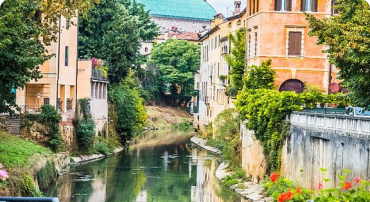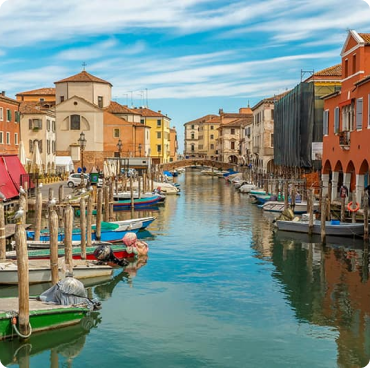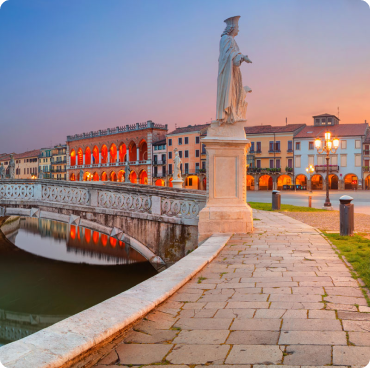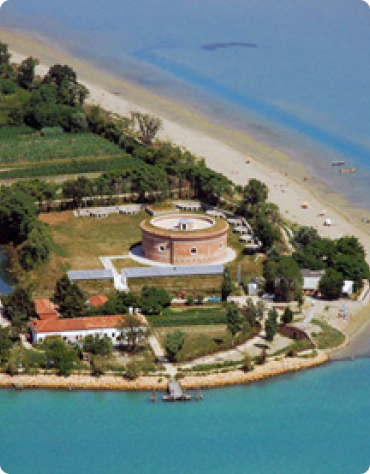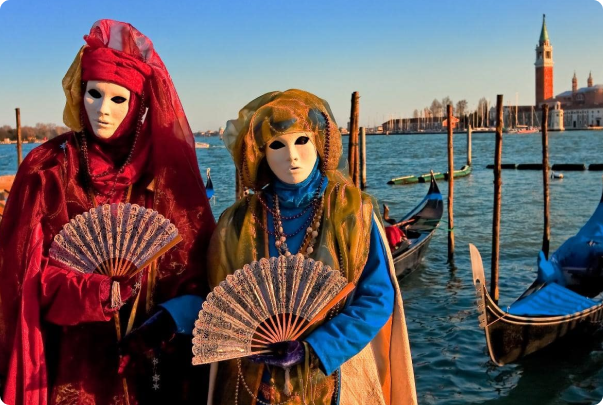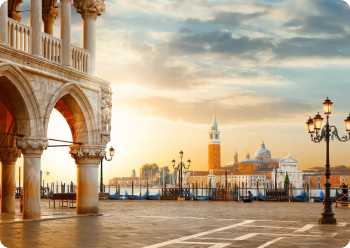- Where Does the Word "Gondola" Come From?
The exact origin of the word "gondola" remains a bit of a mystery. Some theories suggest it comes from the Greek word for "cup," referencing the gondola's shape. Others believe it relates to an ancient Greek boat used by the mythological figure Charon.
There's also a possibility it stems from a Byzantine Greek term meaning "small tail." Regardless of its exact origin, today, "gondola" undeniably evokes images of Venice's shimmering canals.
- How Gondolas Are Maintained
Gondolas are marvels of craftsmanship, requiring hundreds of hours to build and maintain throughout their lifetimes. This magic happens in special workshops called "squeri," perched on canal edges with inclined ramps for easy boat access. Only five of these historic squeri remain operational today, constructing roughly 20 new gondolas annually.
Maintaining these beauties involves regular applications of waterproof tar to their hulls, keeping the ornamental details in top shape. If you're curious to witness these artisans at work, head to the Osteria al Squero bar in Dorsoduro. Enjoy a spritz and an unrivaled view of the historic Squero di San Trovaso across the canal!
- From where Boat Gandola come from
The gondola's distant origins are unclear, possibly linked to ancient Turkish prototypes or small Maltese watercraft. In Venice, however, the history of gondolas dates back to at least the 11th century. With the first known reference in a decree from Doge Vitale Falier in 1094.
These boats were essential for transportation in Venice, navigating the city's 177 canals. Before steam-powered boats arrived in the 1880s, gondolas were the primary means of getting around.
- Gondolas Through the Ages
Gondolas have been used since the 11th century, originally for practical transportation. They were custom-made for the shallow waters of the Venetian lagoon. At their peak in the 17th and 18th centuries, Venice had about 10,000 gondolas. Today, there are just 400, but they remain a common sight in the city.
- Becoming a Gondolier-No Easy Feat
Gondoliers undergo rigorous training lasting over 6 months, requiring over 400 hours of dedication. At first, they have the pass a preliminary examination. Then they learn foreign languages, Venetian history and culture, rowing techniques, and even swimming – all essential skills for navigating Venice's waterways. This rigorous training is reflected in the limited number of gondolier licenses issued each year – only three or four!
- Gondola design Has a deep meaning
The gondola's design is rich with symbolism. The iron prow's "S" shape reflects the Grand Canal's bends, while the six "teeth" represent Venice's six districts. The curved top resembles a doge's cap.
- Where you can find the Gondola other than Venice
While gondolas are synonymous with Venice, they can also be found in Las Vegas at the Venetian Hotel. This replica of Venice offers gondola rides on its artificial canals, providing a taste of Venetian charm in the US.
Gondolas are handcrafted from over 280 different wood types, including oak, fir, cherry, and mahogany. These marvels of carpentry are built in specialized squeri workshops.
The gondolas we know today are black, but that wasn't always the case. In the 16th century, gondolas were a riot of colors and ornate decorations. To curb excessive displays of wealth, a law mandated that all gondolas be painted black.
- A Lopsided Design with a Purpose
Have you noticed gondolas tilting slightly to one side? This seemingly odd design is intentional! It helps balance the weight of the gondolier standing at the stern.
- Gondola Is Not the Only Boat in Venice
Gondolas are iconic to Venice, but they're not the only boats. Venice's canals are also home to various other vessels, like sports boats. Unlike other boats, gondolas have a unique shape with 60 percent submerged and feature the distinctive fero da prova and rico ornaments.
- From Private Pods to Open Air Gondolas Adapt for Tourists
Gondolas once featured removable cabins, offering comfort and privacy for Venetian nobility. But tourists craved the open air to admire the city's beauty. In the 20th century, these cabins were removed to cater to sightseeing, transforming the gondola ride into the open-air experience we know today.
There is only one licensed women's gondolier In Venice
